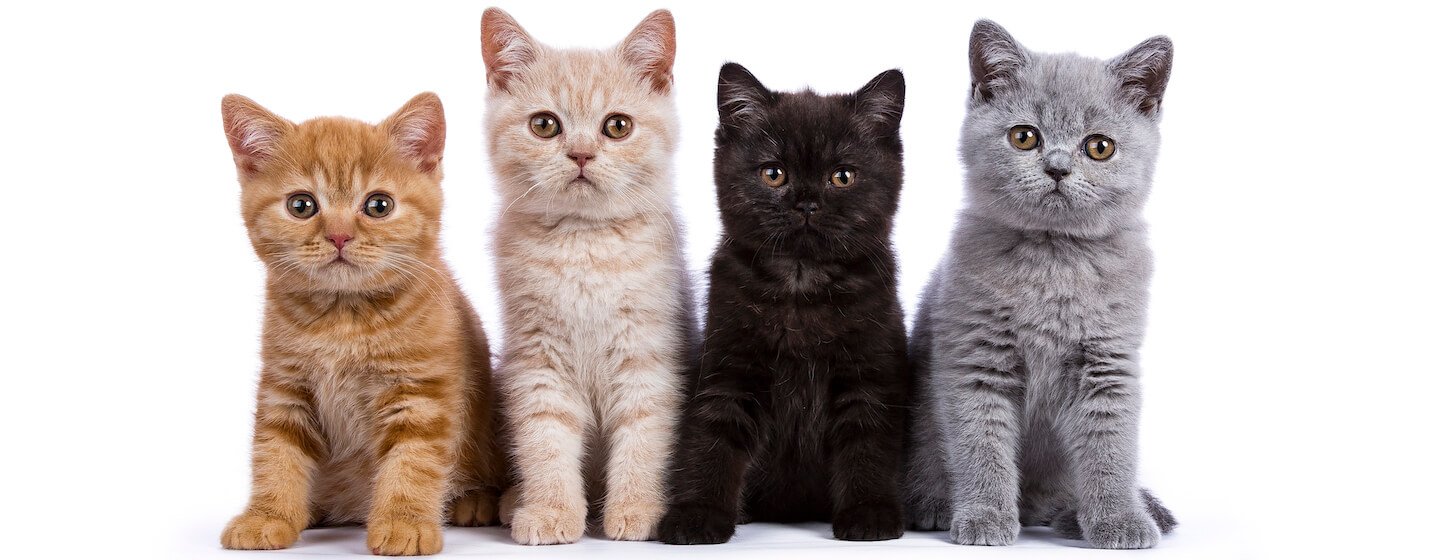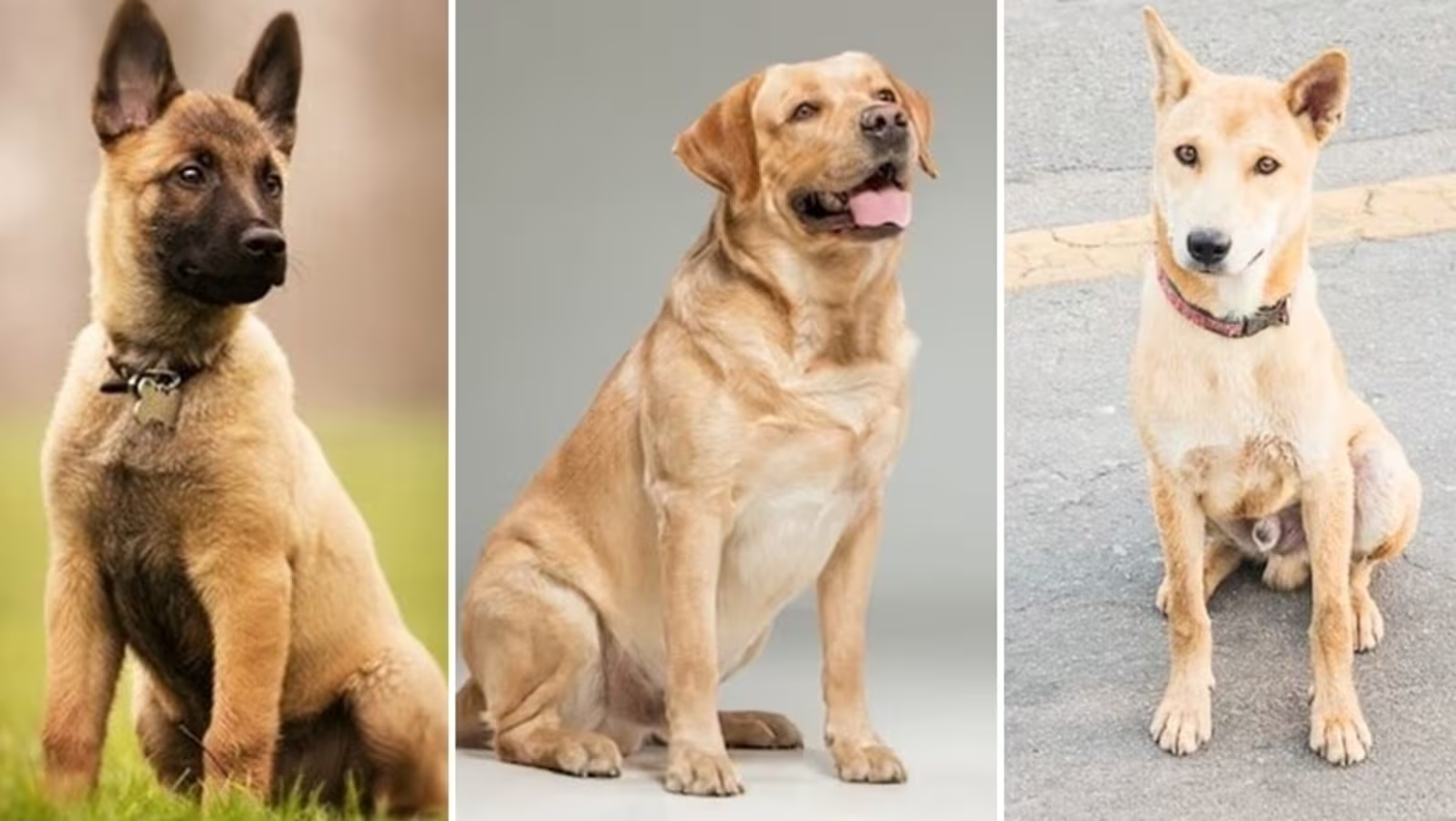ancient Egypt to modern internet memes, cats have held a special place in human culture. Their graceful movements, mysterious demeanor, and independent nature have captivated humans for centuries. Despite being one of the most popular pets worldwide, there’s still much to uncover about these enigmatic creatures. In this article, we delve into the fascinating world of cats, exploring their history, behavior, communication, and unique bond with humans.
The Origin of Felis Catus: Tracing the Evolutionary Journey
Cats, scientifically known as Felis catus, are believed to have been domesticated around 9,000 years ago in the Near East region, where they were initially attracted to human settlements due to the abundance of rodents attracted to stored grains. This symbiotic relationship gradually evolved, leading to the domestication of cats and their integration into human households.
Research suggests that domestic cats are descendants of the African wildcat (Felis silvestris lybica), a species still found in parts of North Africa and the Middle East. The process of domestication has influenced cats’ physical and behavioral traits, although they still retain many of their wild instincts.
The Mystique of Feline Behavior: Deciphering Their Actions
Cats are known for their independent and aloof behavior, often seeming to have a mind of their own. However, beneath their seemingly solitary demeanor lies a complex set of behaviors shaped by both instinct and domestication.
One of the most intriguing behaviors exhibited by cats is their tendency to knead with their paws, a remnant of their kittenhood when they would knead their mother’s belly to stimulate milk flow. Other behaviors, such as marking territory with scent glands located on their cheeks and tail, serve both social and territorial purposes.
Cats are also notorious for their love of solitude, often retreating to secluded spots for rest. However, they can also be affectionate companions, forming strong bonds with their human caregivers and displaying a range of social behaviors, from purring and rubbing against their owners to following them around the house.
The Language of Cats: Understanding Feline Communication
While cats may not meow in the same way humans do, they are highly communicative animals with a diverse repertoire of vocalizations, body language, and scent markings.
Meowing is primarily a form of communication between cats and humans, rather than between cats themselves. Cats use different types of meows to convey various messages, from greetings and requests for food to expressing discomfort or distress.
Body language also plays a crucial role in feline communication, with gestures such as tail flicking, ear position, and pupil dilation conveying a cat’s mood and intentions. For example, a cat with its tail held high is usually feeling confident and friendly, while a flattened tail may indicate fear or aggression.
The Myth of the Aloof Cat: Debunking Common Misconceptions
Despite their reputation for aloofness, cats are social creatures that form strong bonds with their human companions. While they may not be as overtly affectionate as dogs, cats often demonstrate their attachment through subtle cues such as purring, rubbing against their owners, and seeking out their company.
Furthermore, many cats enjoy interactive play and enrichment activities, such as chasing toys, hunting for treats, and exploring their environment. Providing these outlets for mental and physical stimulation can help strengthen the bond between cats and their owners and alleviate behavioral issues associated with boredom or stress.
Cats in Culture and Religion: From Ancient Egypt to Modern Symbolism
Cats have played significant roles in various cultures and religions throughout history. In ancient Egypt, cats were revered as sacred animals associated with the goddess Bastet, who was often depicted with the head of a lioness or domestic cat. Killing a cat, even accidentally, was considered a grave offense punishable by death.
In Japanese folklore, the beckoning cat, or “Maneki-Neko,” is a popular symbol of good luck and prosperity, often depicted with one paw raised in a welcoming gesture. Similarly, in Western culture, black cats have been associated with superstitions and folklore, with beliefs ranging from good luck to bad omens, depending on the context.
The Future of Feline Welfare: Promoting Responsible Ownership
As the popularity of cats as pets continues to grow, so too does the importance of responsible ownership and feline welfare. This includes providing proper nutrition, veterinary care, and enrichment opportunities to ensure the physical and emotional well-being of cats.
Additionally, spaying and neutering programs are essential for controlling the feline population and reducing the number of stray and feral cats. Education and outreach efforts aimed at promoting responsible pet ownership can help address issues such as abandonment, neglect, and overpopulation, ultimately ensuring a brighter future for cats and their human companions.
In conclusion,
cats are complex and fascinating creatures with a rich history and a unique bond with humans. By understanding their behavior, communication, and needs, we can forge deeper connections with our feline friends and ensure their well-being for generations to come.
Internal link: Bilaar









